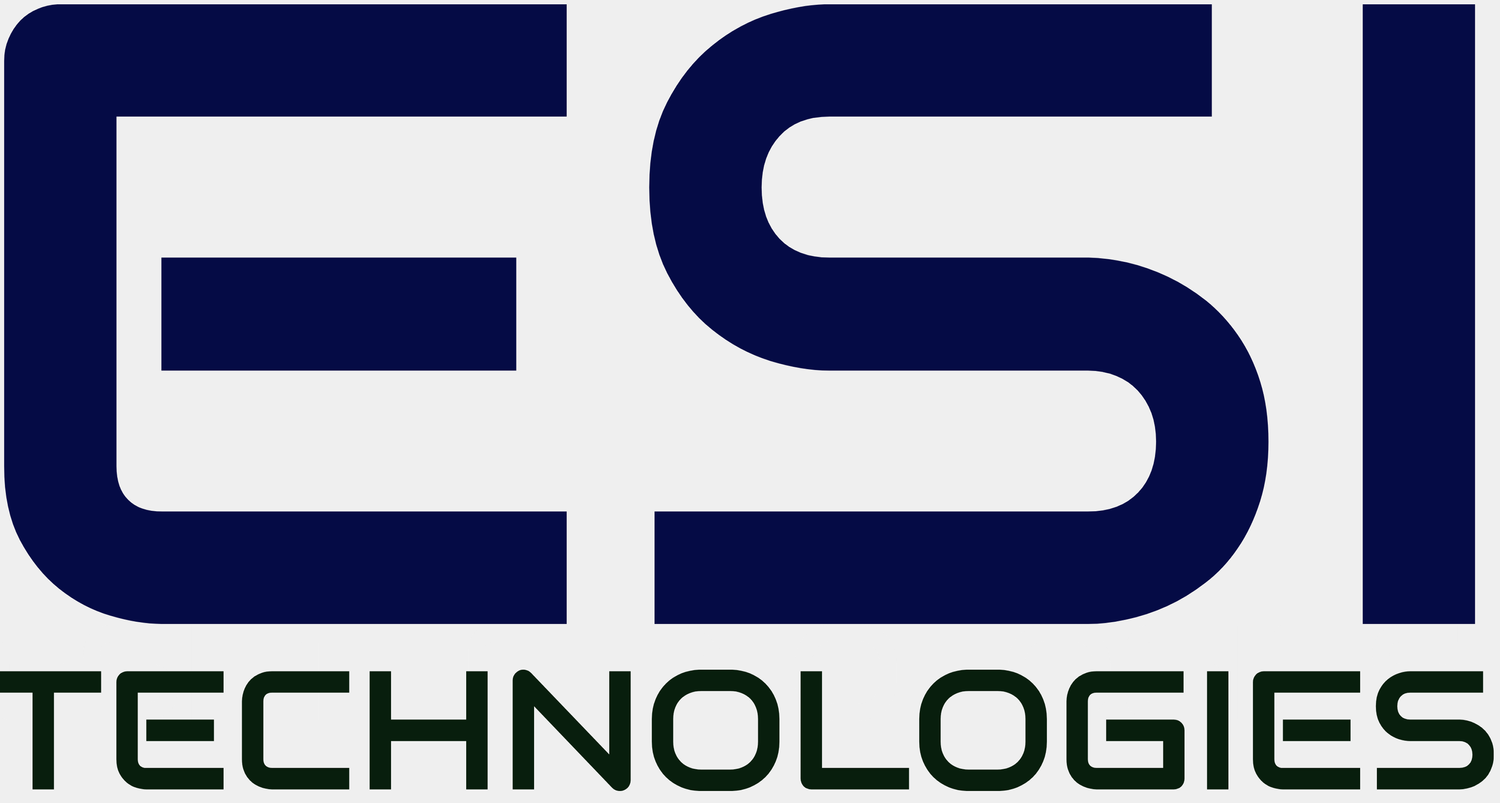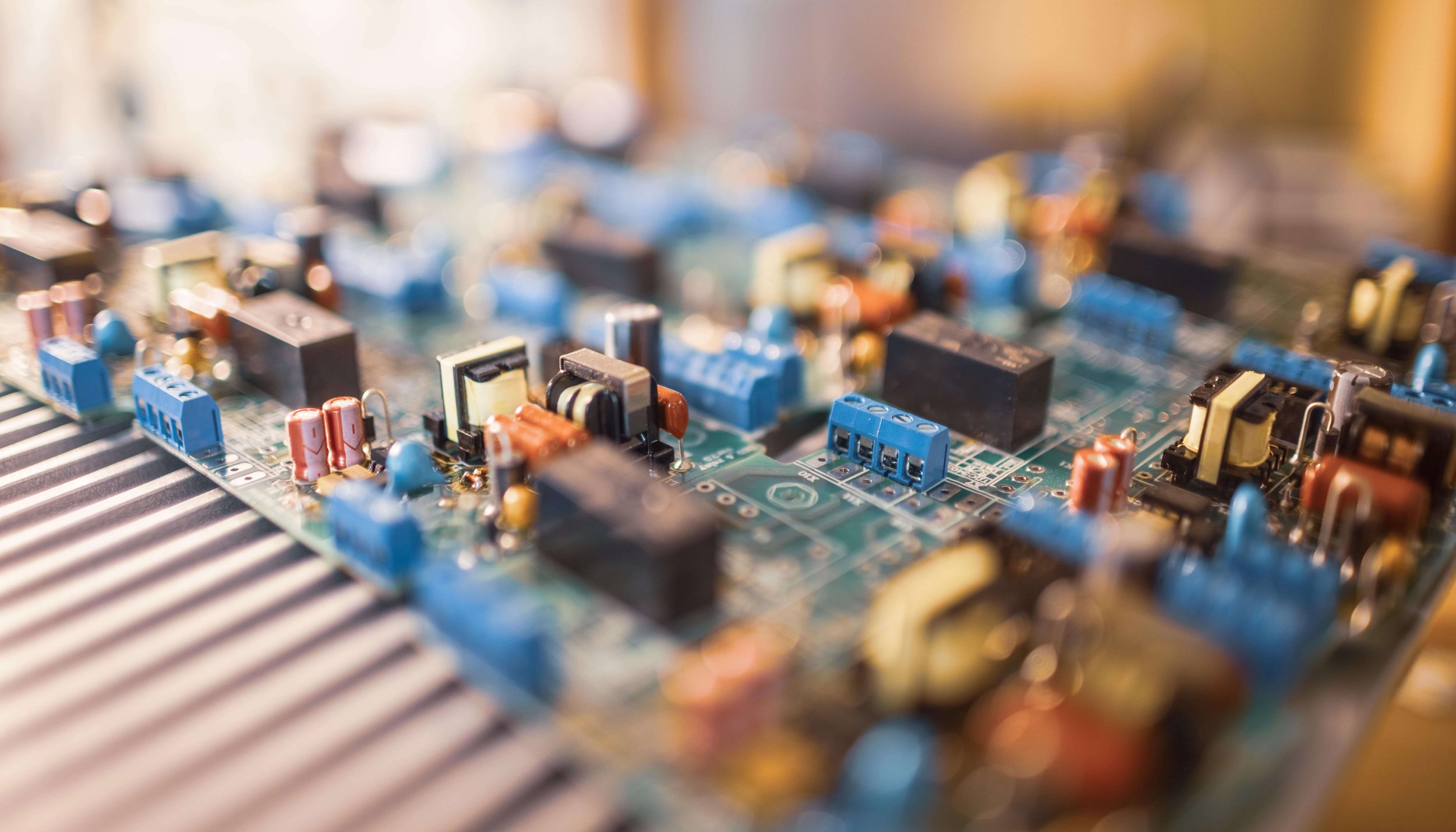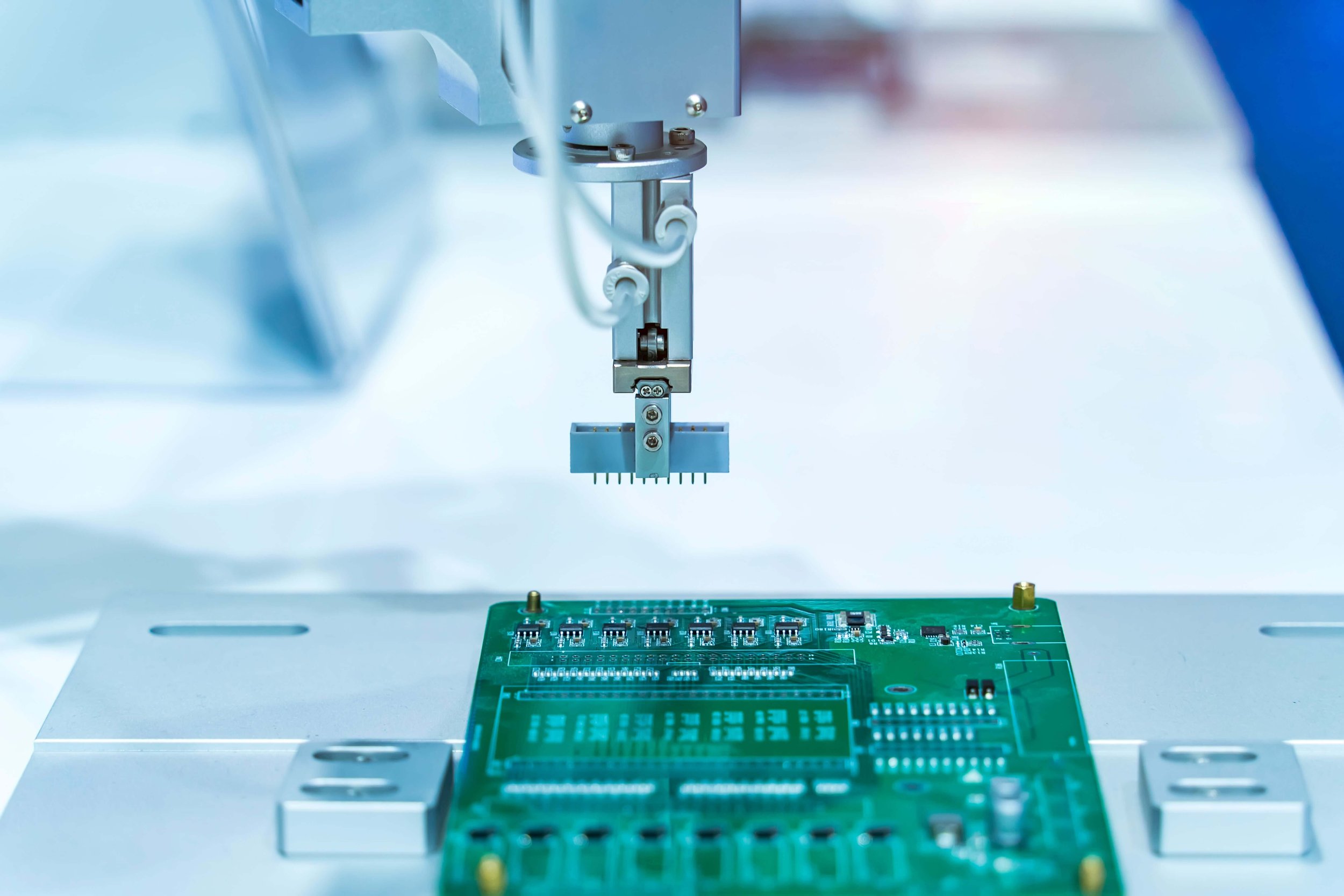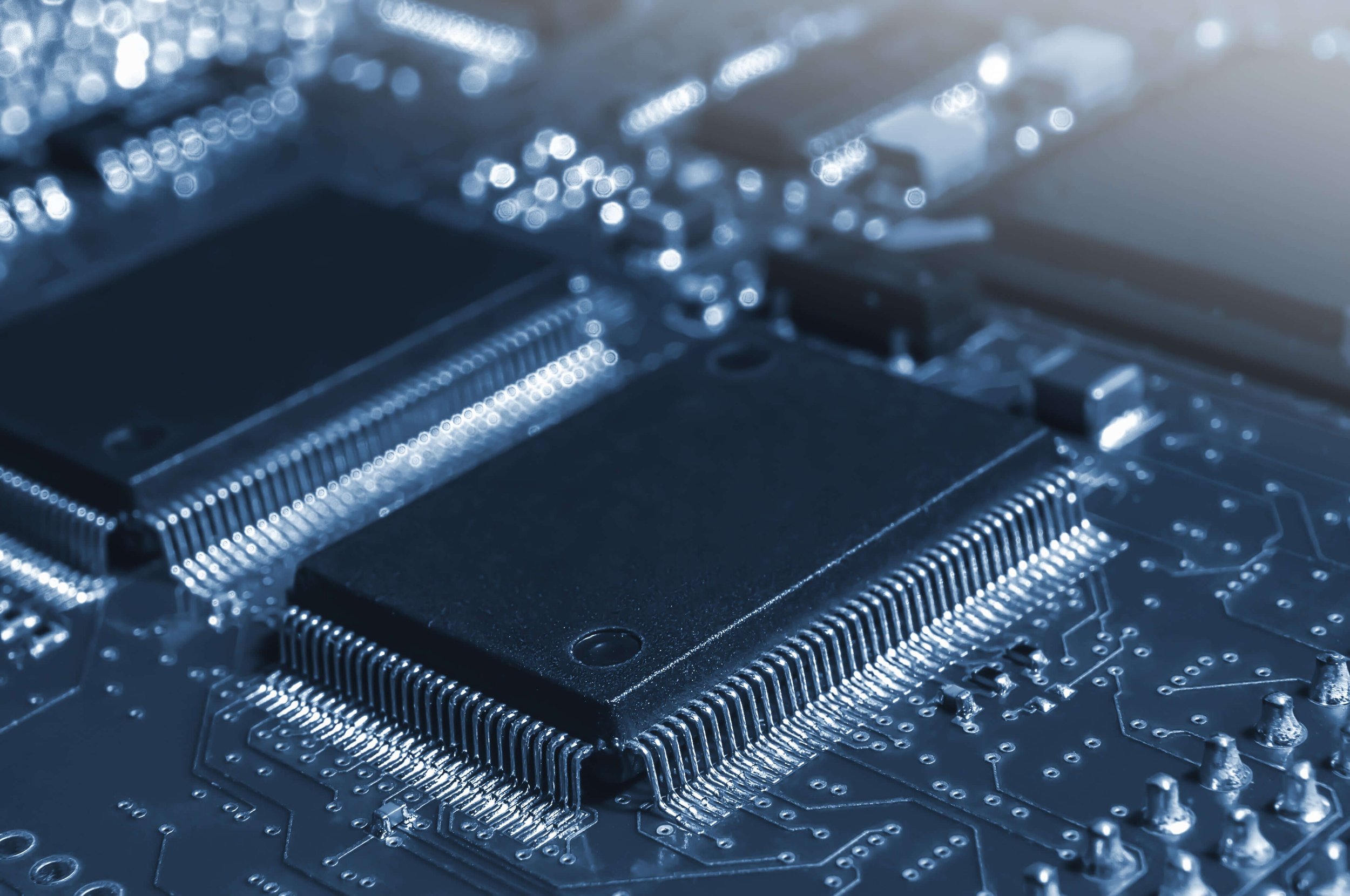Embedded Hardware: Efficient and Powerful Computing
In the realm of cutting-edge technology, embedded hardware stands as a key pillar, providing the backbone for countless innovative devices and systems. Whether it's the smart appliances that simplify our lives or the sophisticated machinery driving modern industries, embedded hardware plays a crucial role in powering these solutions. In this comprehensive article, we'll delve into the fascinating world of embedded hardware, exploring its definition, applications, advantages, and more. We'll showcase both the expertise and first-hand experience to provide accurate and valuable insights.
Embedded Hardware: Unraveling the Basics
Embedded hardware is a specialized type of computer hardware that is designed to perform dedicated functions within larger systems. Unlike general-purpose computers, such as laptops or desktops, embedded hardware is integrated into specific devices or machines, providing control and processing capabilities. These embedded systems are programmed to execute pre-defined tasks and are often optimized for power efficiency and cost-effectiveness.
Embedded Hardware Components and Architecture
To comprehend the intricacies of embedded hardware, it's essential to understand its core components and architecture. Let's explore the key elements that form the backbone of embedded hardware systems:
Microcontrollers
At the heart of embedded systems lies the microcontroller - a compact integrated circuit that includes a processor, memory, and input/output peripherals. Microcontrollers serve as the brain of embedded systems, executing the programmed tasks efficiently.
Sensors and Actuators
Embedded hardware often interfaces with the physical world through sensors that collect data and actuators that execute actions based on that data. This enables devices to respond and adapt to changes in their environment.
Memory
Embedded systems require different types of memory, such as Flash memory for storing the program and data, and RAM for temporary data storage during program execution.
Power Management
Efficient power management is critical in embedded hardware to ensure optimal energy consumption and longer battery life for portable devices.
Communication Interfaces
Embedded hardware devices often need to communicate with other systems or networks. Various communication interfaces like UART, SPI, I2C, Ethernet, and Wi-Fi facilitate seamless data exchange.
The Evolution of Embedded Hardware
Embedded systems have come a long way since its inception. In the early days, embedded systems were limited in processing power and memory, primarily used for simple tasks like controlling household appliances. However, with advancements in semiconductor technology, the capabilities of embedded hardware have skyrocketed, enabling complex functionalities and applications.
Applications of Embedded Systems
Embedded systems have a vast array of applications in various industries. Let's explore some of the common areas where embedded systems are used:
Consumer Electronics
Embedded systems play a crucial role in the devices we use daily. From smartphones to smart TVs, from wearable fitness trackers to home automation systems and gaming devices, embedded systems enable the advanced functionalities and connectivity that modern consumers expect.
Automotive Industry
With the advent of electric vehicles and autonomous driving technology, embedded systems have become integral to the automotive industry. They control everything from advanced driver assistance systems (ADAS), engine control units (ECUs), to infotainment systems, offering features like GPS navigation, collision detection, and adaptive cruise control.
Healthcare
Embedded systems have revolutionized healthcare by enabling accurate diagnosis, remote patient monitoring, and medical device automation. Pacemakers, insulin pumps, blood glucose monitors, and ECG machines all rely on embedded technologies for seamless operation and precise data analysis.
Industrial Automation
Industries like manufacturing and oil refining heavily rely on embedded systems for process automation and control. Programmable Logic Controllers (PLCs) enable real-time monitoring and feedback control in industrial equipment, ensuring efficiency and safety.
Aerospace and Defense
Embedded systems are vital for aerospace applications such as aircraft navigation, flight controls, radar systems, and satellite communication. The defense sector also relies heavily on embedded technologies for military-grade equipment control and communication.
Robotics
The field of robotics heavily relies on embedded systems for precise motor control and sensor integration. Industrial robots used in assembly lines or surgical robots used in medical procedures utilize intricate embedded solutions for accurate movement and manipulation.
Future Trends in Embedded Systems
Embedded system technology continues to evolve at a rapid pace, giving rise to several promising trends that offer new possibilities:
Internet of Things (IoT)
The IoT revolution has brought about a surge in embedded systems development. Embedded systems enable remote control and data monitoring by connecting everyday objects to the internet for enhanced convenience and efficiency.
Edge Computing
With the rise of AI-driven applications, there is a growing need for processing power closer to the source of data. Embedded systems at the edge of networks offer low-latency data analysis, reducing reliance on cloud servers and enhancing real-time decision-making capabilities
Machine Learning at the Edge
Embedded systems are increasingly incorporating machine learning capabilities, enabling them to analyze sensor data locally without constant communication with a central server. This empowers devices like smart cameras and voice assistants to make intelligent decisions autonomously.
Cybersecurity
As embedded systems become more interconnected, ensuring robust cybersecurity measures becomes crucial. Developers are focusing on building secure firmware updates, encryption protocols, and intrusion detection mechanisms to protect embedded systems from unauthorized access or manipulation.
Advantages of Embedded Hardware
Embedded hardware offers numerous advantages over traditional general-purpose computing systems:
Efficiency: Due to its dedicated nature, embedded hardware achieves high levels of efficiency in performing specific tasks, minimizing resource wastage.
Reliability: The robust design and limited functionality make embedded hardware highly reliable, especially in critical applications.
Compact Size: embedded hardware is often compact and space-efficient, making it ideal for devices with size constraints.
Real-time Response: embedded hardware can provide real-time responses, crucial in applications like robotics and automation.
Lower Cost: In many cases, embedded hardware can be more cost-effective than general-purpose alternatives.
Common Challenges in Embedded Hardware Development
Embedded hardware development comes with its set of challenges:
Limited Resources: Working with constrained resources like memory and processing power requires careful optimization.
Real-time Constraints: Meeting real-time requirements demands precise timing and control over processes.
Testing and Debugging: Debugging embedded hardware can be more complex than traditional software debugging.
Security Concerns: With the rise of connected devices, addressing security vulnerabilities becomes paramount.
Long Product Lifecycles: Embedded systems often have long lifecycles, necessitating long-term support and maintenance.
Choosing the Right Embedded Hardware for Your Project
Selecting the appropriate embedded hardware for a project is crucial to its success. Consider the following factors when making your decision:
Performance Requirements: Analyze the specific tasks the hardware needs to perform and choose a microcontroller with sufficient processing power and memory.
Power Consumption: For battery-powered devices, opt for low-power microcontrollers to extend battery life.
Connectivity: Determine the necessary communication interfaces based on the device's connectivity needs.
Development Environment: Ensure that the development tools and support for the chosen embedded hardware are readily available.
Searching for Embedded Hardware?
Embedded systems have become an integral part of our lives by powering a multitude of devices and equipment across various industries. From consumer electronics to healthcare, automotive to aerospace, these miniature computing systems enable advanced functionality, automation, and connectivity. From enhancing consumer electronics to revolutionizing industrial automation, this specialized computing solution continues to shape our world in profound ways.
As a leading player in the field of embedded hardware, ESI Technologies is committed to revolutionizing the way technology shapes our world. With our cutting-edge solutions and a passion for innovation, we strive to deliver high-quality and reliable products that cater to diverse industry needs. Whether you're a startup seeking scalable solutions or an established business in search of customized offerings, our extensive collection of refurbished embedded hardware is sure to meet your requirements.
We invite you to explore our range of products and experience the unmatched performance and efficiency they offer. Should you have any questions or concerns, our team of experts is always ready to provide dedicated support and guidance.
Embrace the future of technology with ESI Technologies - contact us today to embark on a journey of seamless integration and unparalleled excellence.
FAQs
-
Embedded hardware refers to the physical components of a specialized computer system designed to perform specific tasks, while embedded software refers to the programs and code that run on the hardware, enabling it to execute those tasks.
-
One example of an embedded device is a smart thermostat, which uses embedded hardware and software to control heating and cooling systems in homes and buildings efficiently.
-
The key components include microcontrollers, sensors, actuators, memory, power management, and communication interfaces.
-
Embedded systems are specifically designed to perform dedicated functions within larger systems and are optimized for efficiency and cost-effectiveness, while general-purpose computers are more versatile and capable of running a wide range of applications.
-
Depending on the design and implementation, some embedded systems allow for firmware updates or reprogramming, while others may have fixed functionality and cannot be easily upgraded.
-
Some emerging trends in embedded hardware include edge computing, AI integration, security enhancements, miniaturization, and the adoption of sustainable energy solutions.



